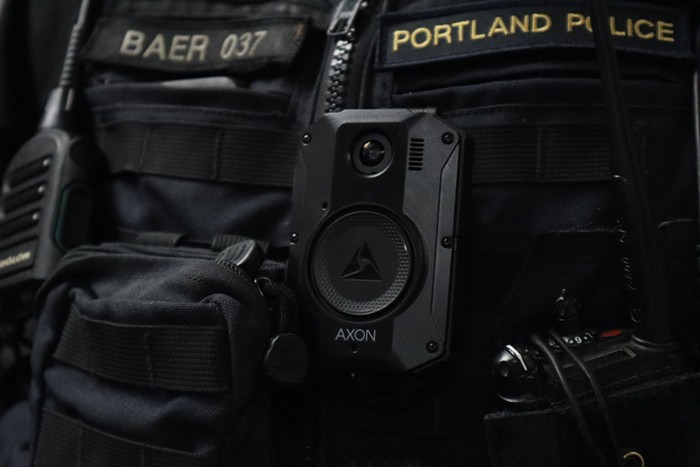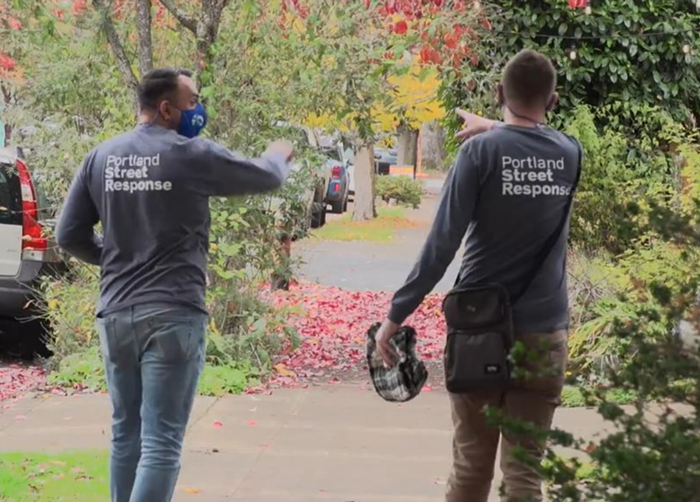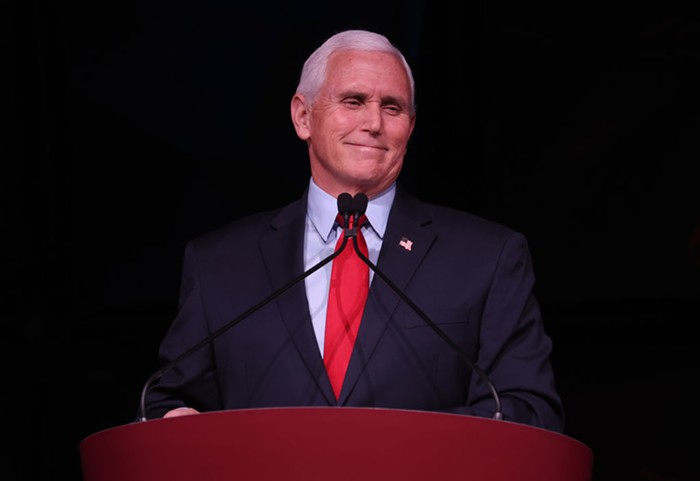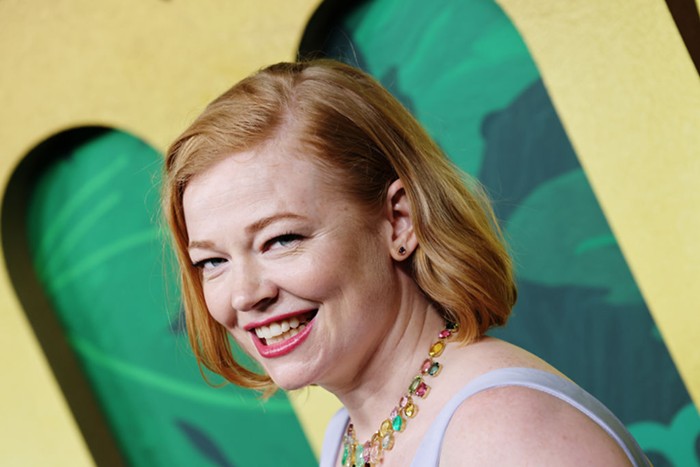AS A REGIONAL EVENT, Disjecta's Portland2016 Biennial, a multi-venue, many-month happening, could serve to refocus attention on the breadth of artists who live and work in Oregon. But much of the press surrounding it contains little mention of who those artists are. So let's shed some light on one exhibition in this elephantine event.
While the Portland2016 Biennial is chock-full of “unorthodox” venues throughout Oregon, only two projects on the roster are based out of the often-overlooked space of the artists’ garage. Of these, Lisa Radon’s exhibition at Muscle Beach, The sphere whose center is everywhere and whose circumference is nowhere, presents the rare opportunity to see work from an established and exciting experimental artist in a genuinely alternative setting.
Artists Tony Chrenka and Flynn Casey launched Muscle Beach as a nomadic curatorial practice, but it’s since transitioned into a somewhat-permanent garage space in Southeast, focusing on emerging artists and project-based exhibitions that might find little traction in commercial spaces. Having made the shift from group exhibitions to solo shows, Muscle Beach consider themselves collaborators as much as curators. When asked about her choice of venue for her exhibition, Radon echoed a widely held (but rarely practiced) idea, saying, “Collaboration is the hope for curation, which is why it’s great working with Tony and Flynn.”
As part of a biennial in which a non-local curator has paired artists with largely distant venues, Radon’s exhibition embodies the potential of artists and spaces working alongside each other. The sphere whose center is everywhere and whose circumference is nowhere encompasses realms of the seemingly impossible, tested and made real by Radon’s creative practice that blends technology with mystical tradition. Treating the white-walled garage as a sacred altar, and using charged rods of selenite and oak and a computer hosting a Minecraft server, Radon fills Muscle Beach’s space with a poetic energy.
While gently expanding our ideas of virtual and real space, sanctified materials, and technology’s role in ritual, Radon’s contribution presses forward what we should expect from events like the Portland2016 Biennial. Perhaps this collaboration will inspire future curators to focus more on how spaces and artists can work together—and less on the impossible task of representing an entire state in a finite number of shows.












